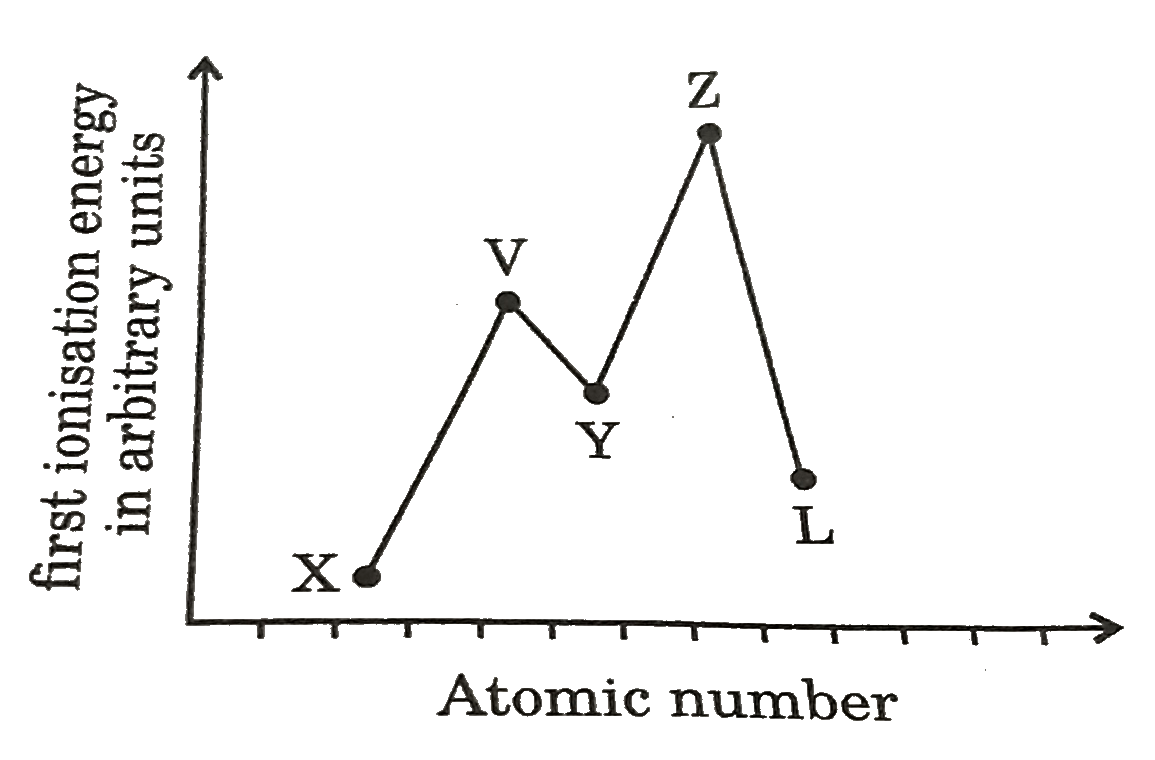The removal of an electron from which gaseous atom requires the greatest amount of energy?
Na
CI
K
Br
The correct Answer is:B
Step by step video, text & image solution for The removal of an electron from which gaseous atom requires the greatest amount of energy? by Chemistry experts to help you in doubts & scoring excellent marks in Class 11 exams.
Updated on:21/07/2023Topper's Solved these Questions
- PERIODIC TABLEBOOK - GRB PUBLICATIONCHAPTER - PERIODIC TABLEEXERCISE - D. Electron Gain Enthalpy (Electron Affinity)
50 Videos
- PERIODIC TABLEBOOK - GRB PUBLICATIONCHAPTER - PERIODIC TABLEEXERCISE - E.Electronegativity
54 Videos
- PERIODIC TABLEBOOK - GRB PUBLICATIONCHAPTER - PERIODIC TABLEEXERCISE - B.Atomic and Ionic Radius
71 Videos
- NOMENCLATURE AND CLASSIFICATIONBOOK - GRB PUBLICATIONCHAPTER - NOMENCLATURE AND CLASSIFICATIONEXERCISE - Subjective Type
24 Videos
- PRACTICAL ORGANIC CHEMISTRYBOOK - GRB PUBLICATIONCHAPTER - PRACTICAL ORGANIC CHEMISTRYEXERCISE - Exercise 4 (Matrix match type )
1 Videos
Similar Questions
Which of the following electron transitions in a hydrogen atom will require the largest amount of energy?
View SolutionThe energy required to remove an electron from an isolated gaseous atom in its ground state is called ionisation enthalpy.From the following, select the element having maximum value of 2nd ionization enthalpy.
Be
C
N
O
View Solution
Knowledge Check
Which process requires the greatest amount of energy for 1 mole of H2O?
ABreaking the o-H bondsBMeltingCEvaporatingDSublimingWhich electronic transition in a hydrogen atom releases the greatest amount of energy?
An=3→n=2Bn=5→n=3Cn=6→n=5Dn=3→n=6The ionisation energy (IE1) of an atom is defined as the energy needed to remove an electron from gaseous atom in its ground state. The 2nd ionisation energy (IE2) is the additional energy needed to remove the 2nd electron and so on. The successive ionisation energy of any species is increasing always.
In the graph below elements of period given with their ionisation energy. Select the one which represents an alkali metal:
 AXBYCZDL
AXBYCZDL
The ionisation energy (IE1) of an atom is defined as the energy needed to remove an electron from gaseous atom in its ground state. The 2nd ionisation energy (IE2) is the additional energy needed to remove the 2nd electron and so on. The successive ionisation energy of any species is increasing always.
Generally, the first ionisation energy increase along a period. But there are some exceptions. One which is not an exception is:
View SolutionWhich ionisation potential (IP) in the following equations atom experience the greatest amount of energy ?
View SolutionWhich of the following electronic transition in hydrogen atom will emit largest amount of energy?
View SolutionIf energy required to remove one of the two electrons from He atom is 29.5eV, then what is the value of energy required to convert a helium atom into α-particle?
View SolutionA quantitative measure of the tendency of an element to lose electron is given by its ionization enthalpy. It represents the energy required to remove an electron from an isolated gaseous atom (X) in its ground state. In other words, the first ionization enthalpy for an element X is the enthalpy change (ΔiH) for the reaction depicted.
X(g)→X+(g)+e−
The ionization enthalpy is expressed in units of kJmol−1. We can define the second ionization enthalpy as the energy required to remove the second most loosely bound electron: it is the energy required to carry out the reaction,
X+(g)→X2+(g)+e−
Largest energy is required for which change?
View Solution
